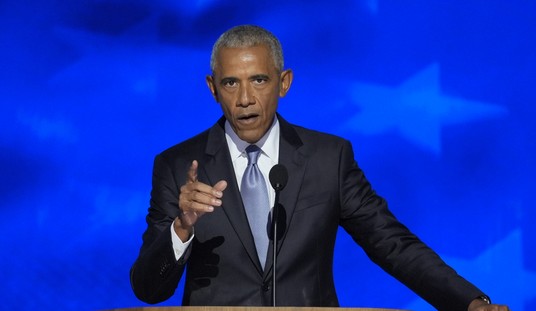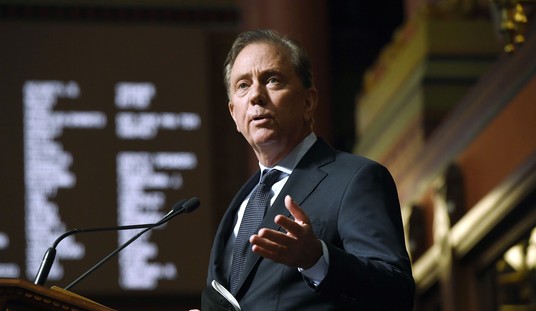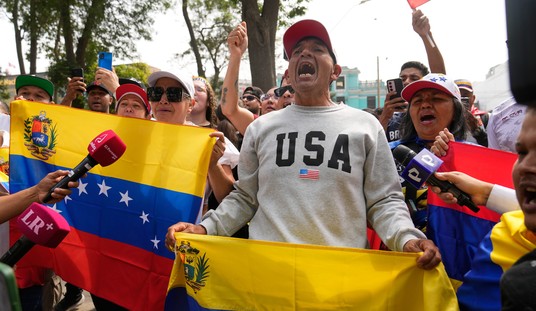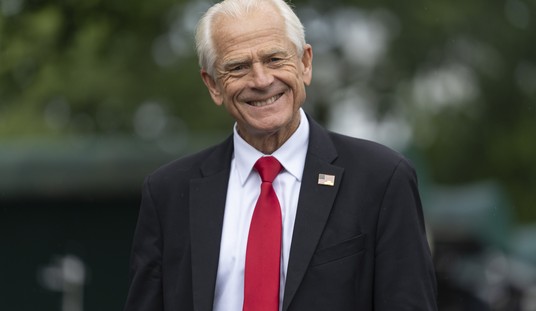Apparently, we can’t just eat one. Last night, despite sending clear signals that the Fed would no longer intervene to save private firms who bet badly on subprime mortgages, the government more or less nationalized insurance giant AIG, who teetered on the edge of collapse all day. The Bush administration claims that taxpayers will be indemnified against the costs of a bailout through an orderly sale of AIG assets:
Invoking extraordinary powers granted after the 1929 stock market crash, the government seized control of the insurance giant American International Group to preserve a crucial bulwark of the global financial system.
The move to lend the Wall Street giant up to $85 billion in exchange for nearly 80 percent of its stock effectively nationalizes one of the central institutions in the crisis that has swept through markets this month.
The government had sought to avoid federal intervention by lining up private companies to rescue AIG. But the effort failed when companies were unwilling to take on the massive financial risk, forcing the government’s hand.
AIG found itself on the verge of bankruptcy because of mounting losses from investments tied to subprime home mortgages and also from the insurance it was providing to others who invested in mortgages.
The reasoning went like this: the Fed refused to bail out Lehman Brothers because they gave the government plenty of warning about their potential collapse. Because AIG waited until the last minute to let the government know about their predicament, the Fed had to bail out AIG and essentially nationalize it, making the US government the world’s largest insurer. What kind of message does that send?
Of course, given the rapid-fire bailouts that Washington has conducted, its status as the world’s largest insurer has some ironic value. It first used the Depression-era authority to rescue Bear Stearns, which raised eyebrows among people who wondered why the bad investment decisions of BS management had suddenly become the liability of American taxpayers. Fannie Mae and Freddie Mac followed, with the rationalization that, as GSEs, the government had an obligation to cover their losses. Now another private firm, an insurer no less, has suddenly become the responsibility of American taxpayers.
When do we start holding investors accountable for their own failures? When did investments stop carrying risk, and when did the Treasury become the co-signer for market stupidity? There is actually an answer for this question. It happened when the government began to dictate lending policy that forced them to create debt for marginally or totally unqualified borrowers, and then watched as that paper became the late 1990’s-early 2000’s equivalent of 1980s junk bonds. Those bonds became highly-sought investment products, which firms like AIG snapped up for their high yield and implicit government backing.
They were also like Lay’s Potato Chips, and everyone kept eating and eating.
Now that we’ve decided to nationalize Bear Stearns and AIG, maybe we can put an end to stupid lending practices and equally stupid government mandates in lending. A lesson this costly should not be soon forgotten. In the meantime, we should demand an end to these bailouts and let the markets fend for themselves.







Join the conversation as a VIP Member